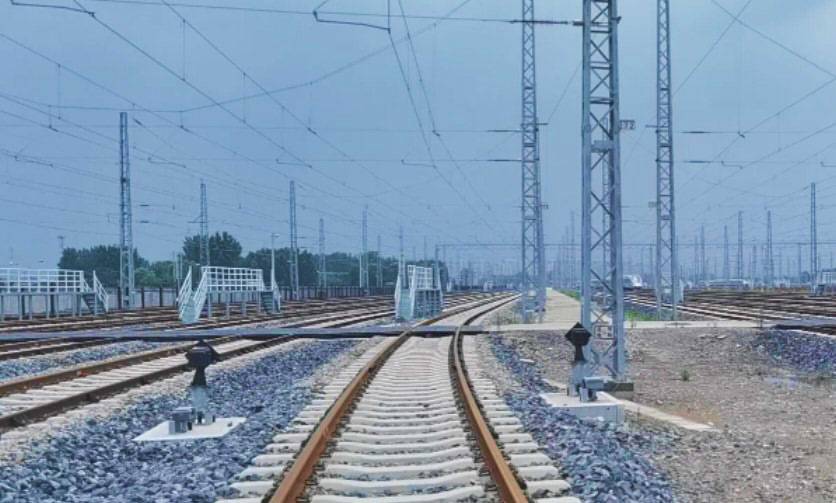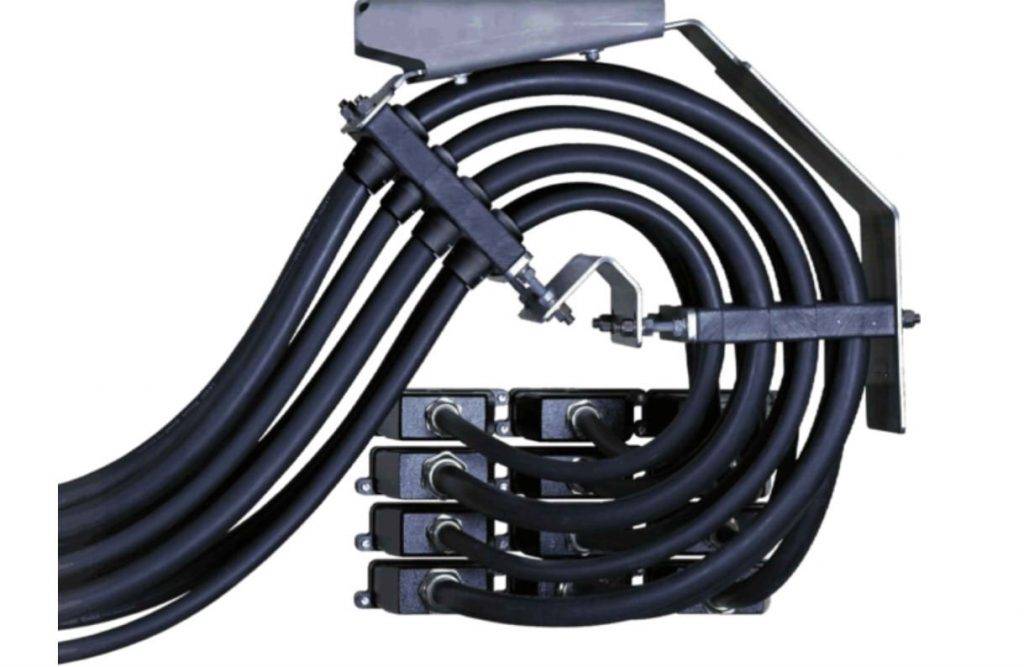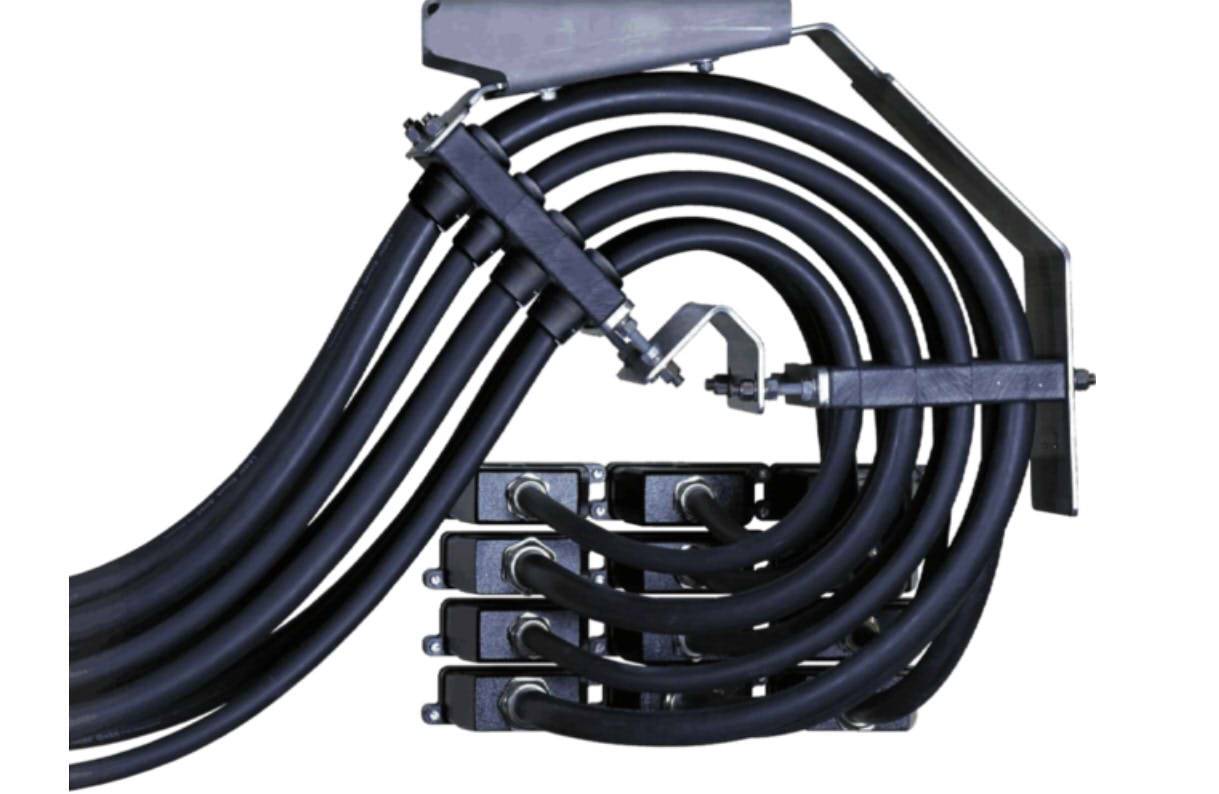With the continuous development of rail transport, demand for railway cables is also growing. The scale of investment in rail transit construction is large, and involves many industries.
construction, metallurgy, electricity, communication signals, engineering machinery manufacturing and mechanical and electrical equipment manufacturing and many other industries can benefit from it.
Each of the industries involved, are inseparable from wire and cable. It can be said that the wire and cable manufacturing industry is one of the largest industries supporting. It is closely related to the development of rail transport.
There's a lot varieties of wire and cable for urban rail transport. Cables for railways can be divided into use in stations, use in lines and use in locomotives depending on the occasion of use.
According to the voltage level can be divided into high voltage, medium voltage and high voltage. According to the use can be divided into power supply, of control, wireless communication and instrumentation computer.

Railway cable requirements
Due to the environment of the rail transit operation, most cables used require low smoke and halogen free, flame retardant, fire resistant, oil resistant, UV resistant, Moisture resistant, waterproof, mildew resistant, rodent resistant, termite resistant, etc.
low voltage power cable, low smoke zero halogen cable, mica tape insulated flame retardant cable, the mineral insulated flame retardant cable and el cable coaxial, suitable for hot and humid climate, will have good market opportunities.
Railway transportation usually uses strong electricity for power supply.
Therefore, the construction of tunnels in the metro area, subway stations, equipment installation and fire safety requires a large number of power cables, communication cables, tunnel cables and RF cables.
Lighting cable and cable for tunnels and underpass stations are also in great demand..
Due to the construction of high-speed passenger lines, railway transponders will be used in large numbers.
This will provide a large market space for railway transponder data transmission cables..

Types of railway cables
Wires and cables for rail transport mainly include direct current traction cables, fireproof cables, fire resistant cables, green wires, self temperature monitoring cables and other special cables.
Signal cables mainly include control cables, communication cables, optical communication cables, etc. coaxial cables and RF are mainly used in wireless communication systems.
Cable tension for railways
The voltage level of the railway contact network is between 25 KV y 30 Single Phase Frequency Alternating Current KV. For electric locomotives the voltage is 25 KV.
Taking into account the loss of tension, the output voltage of the traction substation is 27,5 KV of 55 KV. 55 KV is the AT power method, Mainly used on high-speed electrified railways. The contact network voltage of urban railways is usually 750V or 1500V.

